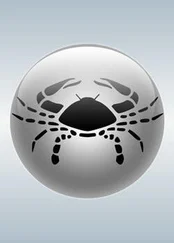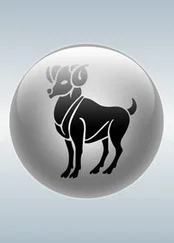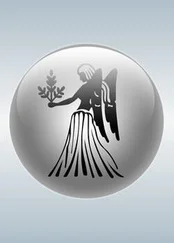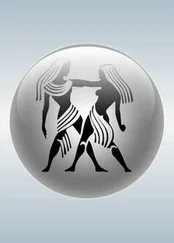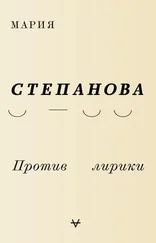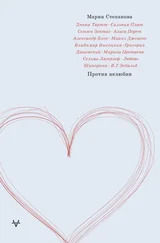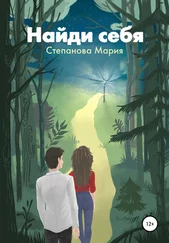In the 1890s the family in Pochinky sat down at the table for dinner every evening and waited silently for their meal. The soup was brought it. Amid the silence Father took the lid off the tureen and a cloud of fragrant steam rose. He would sniff the soup and then make a pronouncement: “I doubt it’s any good” — only after this the soup could be served. The terrifying paterfamilias always drank down all of his soup and asked for more.
Before Mikhailovna became Lyolya’s nanny, she was married to a soldier. In the drawers of the archive where everything has settled like sediment, there are three photographs and an icon. The icon shows the Virgin Mary appearing to Russian troops somewhere in the Galician marshes. The three photographs told the story of Mikhailovna’s life: here she is as a young woman standing head-to-head with a dour and innately weary man in a worker’s smock. And here she is holding a pitifully skinny little baby. The last picture shows the man in the cap and thick greatcoat of a soldier. Her husband was killed, the baby died; her entire earthly estate consisted of the paper icon, depicting a Pre-Raphaelitish Madonna, and once framed by a heavy silver surround that my great-grandfather gave her. When life got hard again after the revolution, she secretly took the silver surround off the icon, sold it, and brought the money back to the household she stayed with for the rest of her life. In all later photographs Mikhailovna is in her own icon-surround of pale gray, her cone-shaped black headscarf covering everything except her face. All that is left of her are a few cheap religious images and a Psalter that she read every evening.
Aunt Galya made me a present of a colorful Indian dress not long before her death, saying that she’d only worn it once, “for half an hour, when I had a dog come in here.” I knew of her secret and unrequited love for her neighbor who walked his dog in the yard and who died without ever guessing why she used to come out every evening to see him.
Sometimes it seems like it is only possible to love the past if you know it is definitely never going to return. If I had expected a small box of secrets to be hidden at my journey’s end, something like one of Joseph Cornell’s boxes, then I would have been disappointed. Those places where the people of my family walked, sat, kissed, went down to the river’s edge, or jumped onto streetcars, the towns where they were known by face and name — none of them revealed themselves to me. The green and indifferent battlefield was overgrown with grass. Like a computer game I hadn’t mastered, all the prompts lead to the wrong gates, the secret doors were just blank walls, and nobody remembered anything. And this is for the best: the poet Alexander Blok tells us that no one comes back. The poet Mikhail Gronas replies that “living comes of oblivion.”
The parcel had been packed with all possible care, the box was lined with cigarette paper and each of the items was wrapped in the same thin, opaque stuff. I freed each one from its swaddling, and they lay on the dining table in a line so you could see all their dents, all their cracks, the earth ingrained in the china, the absences where feet, legs, hands should have been. Most of them still had heads, and some even had their little socks, the only item of toilet they were permitted. But on the whole they were naked and white, as if they had just been born, with all their dents and flaws. Frozen Charlottes, representatives of the population of survivors; they seem like family to me — and the less I can say about them, the closer they come.
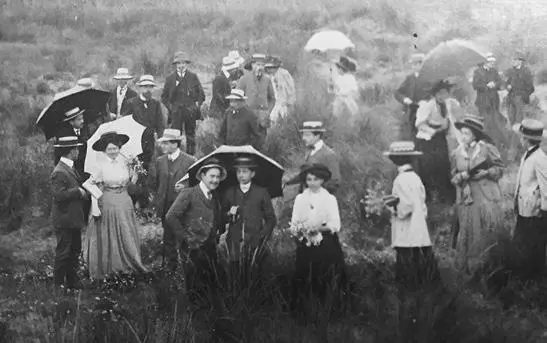
The author would like to thank the publishers who believed in this book even before it slowly began to take shape: Suhrkampf and Novoe Izdatel’stvo. It seems likely that the book would not exist if it wasn’t for a conversation with Katarina Raabe, who convinced me to finally get on with writing the book.
Some of the book’s parts were conceived of and written with the help and support of a number of institutions. They gave me time and library resources, but also space for intellectual debate and discussion. They include the Institut für die Wissenschaften vom Menschen (Vienna), Tatiana Zhurzhenko and Klaus Nellen, the Kennan Institute/Wilson Center (Washington), Isabella Tabarovskaya and Matthew Rozhansky; Marion Dönnhoff Stiftung (Berlin) and Maria Birger, New York University and Josh Tucker, the Queen’s College, Oxford and Charlie Louth.
I am deeply grateful to Anna Glazova, Linor Goralik, Sasha Dugdale, Helga Olshvang-Landauer, Olga Radetzkaja, Mikhail Yampolsky, Vadim Alskan, Anna Golubeva, Anton Karetnikov, Erich Klein, Sergei Lebedev, Anna and Maria Lipkovich, Maria Mushinskaya, Olga Naumova, Elena Nusinova, Katya Petrovskaya and David Riff.
My thanks also go to Irina Shevelenko and Andrei Kurilkin, my friends and the first readers of this book.
And of course to my beloved Gleb and Grisha.
Maria Stepanova’s In Memory of Memory is a living text and the English translation has been changed and modified from the original Russian in collaboration with the author.
The Russian text embeds unattributed quotes from other texts in a flowing narrative, and the English translation follows this convention. The translators whose work has been quoted in this English version are listed here in the order they appear:
Harold N. Fowler (Plato’s dialogue Phaedrus ); Thomas Scott-Railton (Arlette Farge’s The Allure of the Archives ); John Felstiner (Paul Celan’s “Conversation in the Mountains”); Don Reneauith, (Thomas Mann’s letter to Heinrich Mann of February 27, 1904); C. K. Scott Moncrieff (Proust quotes); Richard and Clara Winston ( Thomas Mann’s Diaries) ; Anthea Bell (W. G. Sebald’s On the Natural History of Destruction and Austerlitz ); Michael Hulse (W. G. Sebald’s The Emigrants and The Rings of Saturn ); Maureen Freely (Orhan Pamuk’s Istanbul: Memories of a City ); Alan Myers (Lydia Ginzburg’s Notes from the Blockade , revised by Emily van Buskirk); Alistair McEwen (Robert Calasso’s Tiepolo Pink ); Robert A. Maguire (Nikolai Gogol’s Dead Souls ); Seán Jennet ( Journal of a Younger Brother: The Life of Thomas Platter) ; Michael R. Katz (Vladimir Jabotinsky’s The Five ); Charles H. Kahn (Heraclitus fragments). Translations of Charlotte Salomon’s Life? Or Theater? are taken from the digitalized version online at the Jewish Cultural Quarter in Amsterdam.
Thanks are due to Aviva Dautch, Henry Hardy, Ruth Martin, and Robina Pelham Burn. I’d also like to thank J. O. Morgan, for his invaluable and patient help, and my family, especially Max and Paul, who have contributed words, sense and encouragement. I’ve benefited from Maria Stepanova’s highly literary understanding of English and English-language culture, and the generosity and freedom she gave me to recreate her brilliant work in a new poetic language.
Copyright © 2018 by Maria Stepanova
Translation copyright © 2021 by Sasha Dugdale
All rights reserved. Except for brief passages quoted in a newspaper, magazine, radio, television, or website review, no part of this book may be reproduced in any form or by any means, electronic or mechanical, including photocopying and recording, or by any information storage and retrieval system, without permission in writing from the Publisher.
Originally published in Russian by Novoe Izdatelstvo as Памяти памяти. Published in arrangement with Suhrkamp Verlag.
Читать дальше




